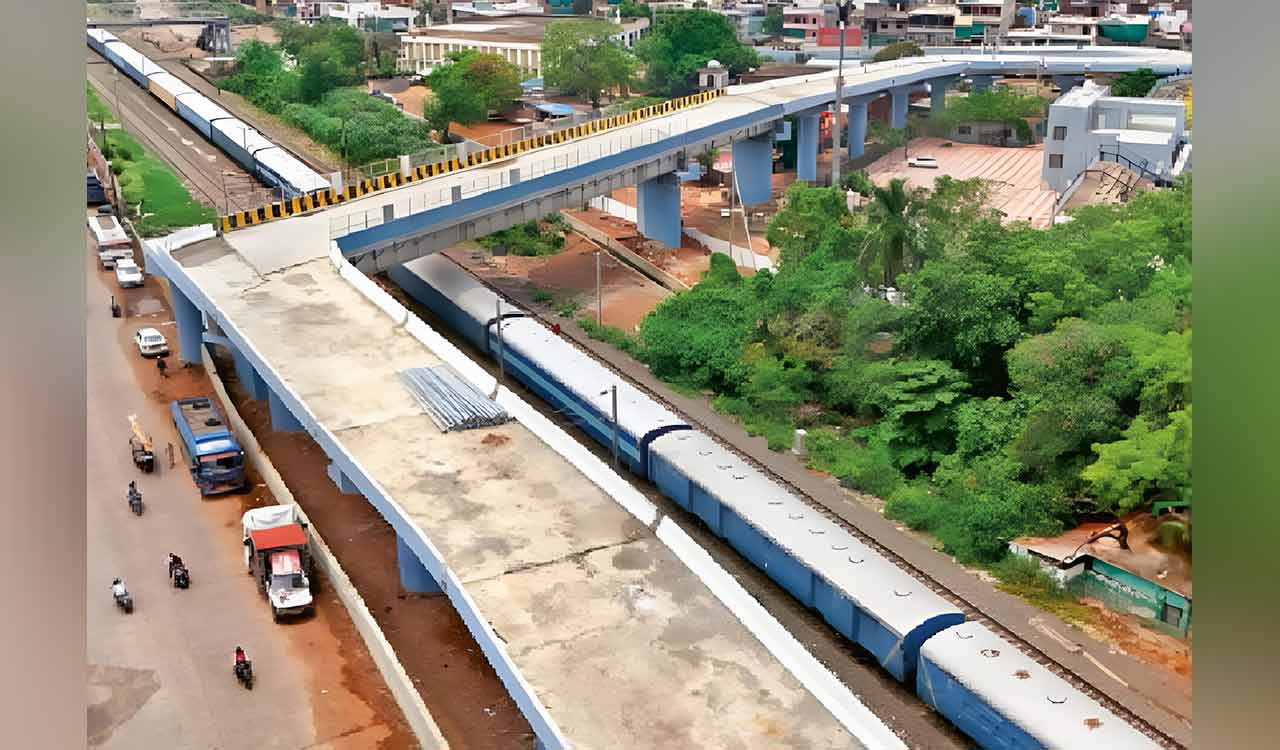
Bhopal: The well-known ’90-degree’ railway over-bridge in Bhopal’s Aishbagh area, which has gained notoriety for its sharp turn and has become a meme sensation, is set to undergo redesigning after facing widespread criticism on social media and safety concerns.
Sources from the Public Works Department (PWD) confirmed that the bridge, which has become a viral meme and subject of ridicule, will be reworked in collaboration with Indian Railways.
An official announcement regarding the details is expected soon.
While the current structure is not considered structurally unsafe, authorities want to address its extreme turning radius to reduce the risk of vehicles skidding or crashing. The bridge is situated in a busy part of the city and was originally constructed to ease congestion and prevent delays at rail crossings. Nonetheless, its awkward design has raised serious safety issues.
Motorists have reported difficulty and discomfort while navigating the sudden turn, and experts have warned that the design could lead to accidents, especially in low visibility or high-speed conditions.
In response to the backlash, the railway department has approved plans to redesign the overbridge. The modifications include widening the bridge by three feet.
The plan involves removing the footpath, dismantling the central divider, and adjusting the structure to achieve a better turning radius and safer alignment for vehicles.
Following the criticism, PWD Minister Rakesh Singh ordered an official investigation by the National Highways Authority of India (NHAI).
The NHAI recommended that vehicles should not travel faster than 35 to 40 km/h when crossing the bridge to avoid accidents, especially since the current design lacks banking and gradual curves.
The authorities have decided to alter the bridge’s geometry without demolishing the entire structure.
At the same time, efforts are underway to hold those responsible for the initial design accountable, particularly because it lacked proper traffic engineering considerations such as suitable turning radius, signage, and visibility standards.
This case underscores broader challenges in urban infrastructure planning, where space constraints often lead to designs that compromise safety.
As the redesign begins, authorities are being encouraged to focus on safety and sound engineering principles rather than rushing the project. Public pressure seems to be playing a key role in prompting this necessary correction.
